In the winter I tend to spend more time reviewing and refining images that I’ve already captured, with spring, summer, and fall dedicated to creating new photographs. With 2014 behind us now I am looking back at the year and really am thrilled with where it’s taken me. 2014 was a year of exploring new places, but also revisiting old ones. I feel I’ve made progress, not only in experiencing new places and compositions, but especially in improving upon old compositions in familiar places. Returning to the same location time and again may seem tedious, but it really has led me to some of my best work. In this blog post I will share some of my favorite moments and images from 2014. Not all of them are necessarily my best, but they all do have some meaning, at least to me!
March 2014
Winter doesn’t see me out doing much photography because I tend to get wrapped up in the incredible skiing we have here in Utah. Thus, these first two images of 2014 are from March. “False Kiva Sunset” marks the 4th time that I visited the False Kiva location in Canyonlands National Park, and the only time that the sky had any sunset color. What made that moment really sweet was that when I arrived at the location mid-afternoon it was quite busy with several photographers. When the sunset didn’t provide any color, everyone else left. Ten minutes after official sunset, the sky illuminated in pinks and oranges and I captured this image, and immediately knew I had something different. And this place…it is so peaceful, and quiet, and isolated. A real meditative spot, especially if you spend the night.
This next image, “Window Arch at Sunrise” is my take on an iconic shot in Arches National Park. The image is actually not one of my favorites, but I’ve included it because it gives me an impetus to retry this location under better weather conditions. Honestly, the shot is very easy to compose and capture, especially at sunrise. I’ll return again this year with better planning in regards to weather, and hopefully capture something more to my liking.
Quickly, I’ll give my two cents on “iconic shots”. I live in Utah, and I really am surrounded by gorgeous locations and compositions that have been photographed thousands or even millions of times. That is because they are SO beautiful. When I go to a new area, I often do start with those iconic compositions as a jumping off point, as they give me some sense of structure to guide me through the place. Every time I return, I wander farther from those original compositions towards something that is more unique, more my own. However, I still find it satisfying to photograph those icons – they are just too awe-inspiring to pass up.
April 2014
April of 2014 brought me to several new places, including the Escalante, UT area and Capitol Reef National Park. I enjoyed getting into some of the easy slot canyons on my own, taking my time, and exploring all the nooks and crannies. This next image is of Peek-a-boo slot canyon near Escalante, and while I didn’t find any compositions especially to my liking from a pure landscape perspective, I do think these slots become really interesting when a human element is added. So here is a self-portrait of my self navigating some of the potholes in Peek-a-boo slot canyon.
May 2014
With so many incredible locations in Utah, it is easy to never really go out-of-town for a photography trip. Last winter I was researching and learning about the Pacific Northwest and really felt drawn to that area – perhaps because Utah is all about red rock and desert, and the Northwest is so green and verdant. Our first night in the Columbia River Gorge we drove up to the top of an area called the Rowena Crest. I had seen inspiring images of this location before, and I wanted to give it a try. This particular night had extreme buffeting winds and frigid temperatures at the overlook. On top of that cold cold weather, I needed a car to drive along this road to make my shot pop, and at 11:30 PM there aren’t many cars driving this stretch of road. My solution was to have Jhosmar drive the rental car up and down the road, with me communicating with her via a two way radio. This final image is a blend of 2 photographs – 3 minute exposures each @ f/3.5 and ISO 400.
I’ve got a soft spot for this location – Wahclella Falls – because this is where I proposed to my bride-to-be! Wahclella is down a fairly easy one mile long trail. The location truly feels like somewhere from The Lost World. There is so much life, so much green, and the thunder of the really powerful falls. Easily one of my favorite places in the USA.
Here is another favorite image of mine from Wahclella, showing the whole area in all of its splendor.
This next image is Elowah Falls, also in the Columbia River Gorge. I’m not floored by the image, and relatively straight on composition, but thinking about how we photographed it bring a smile to my eye. Jhos and I worked as a two man team taking photographs in the Gorge because the mist and spray is often so dense that the camera lens is soaked in just a few seconds. This image took some serious clambering and scrambling to reach the top of a rock that would give the perfect viewpoint to show off the size of the falls with the footbridge in the foreground. Jhos would hold an umbrella in front of the camera, and would often help out by wiping the lens with a cloth. We would count down from three and she would pull the umbrella back right before the exposure was taken. This shot is actually three shots, stitched together to make a panorama.
Fairy Falls, also in the Columbia River Gorge, is an iconic waterfall location that is often photographed in the exact same composition. I’m sharing this next image because I was pleased to create my own take on Fairy Falls, a composition that I’ve never seen before. The hike to Fairy Falls is a bit more strenuous that the other waterfalls, as it is up a healthy series of switchbacks. All the better!
Oneonta Gorge was a location that I researched before I arrived in the Columbia River Gorge, and one that I knew I wanted to explore. I also knew that would be a difficult hike, with logjams and freezing water that could at some point become very deep. We rented a couple of wetsuits and entered the gorge one afternoon and found that the water actually was deeper than 6 ft in some places, requiring a bit of a swim. This next image was the best that I gleaned from that trip. Were I to return, I would go in the morning instead of the late afternoon. And I would figure out a way to be warmer…
When we left the Columbia River Gorge we headed north into Washington to the Quinault Rainforest. Quinault was lush like the Gorge, but it was also a change of scenery in that the rainforest was even denser, even wetter, and the trees were incredibly tall. The Quinault Rainforest goes right up to Quinault Lake, which has a quaint sort of village built on the South shore, complete with the Quinault Lodge – very impressive. We spent lunch munching on a pastrami sandwich on the shores of the lake, and then hiked a lakeside trail until we came upon this floating dock. I thought the dock with the lake and some interesting cloud behind would make for a great long exposure photograph in black and white. The photograph is actually a blend of several photographs, as a short exposure was also needed to make sure the boat didn’t blur.
This next image is Bunch Creek Falls, also in the Quinault Rainforest. It makes it onto this post because its got a soft spot in my heart – Jhosmar was sleeping in the car while I hiked out from the pull-out to photograph the falls. Once I finally got a composition set up the rain started coming down, and much to my dismay I had left my umbrella in the car. Well just when I was about to give up from all of the drops falling on my lens element, Jhos appeared to save the day, umbrella in hand. We made the capture – another “original composition” as these falls aren’t very common subjects.
After the Quinault Rainforest we headed out to the beach – Second Beach near Forks, Washington. I knew that the time of year was about right for the sun to align with a hole in the bluffs at sunset. This was my first time ever making photos on a sandy beach, and I had many lessons to learn, especially when complicating matters with long exposure times. To get the compositions I wanted I needed to be down in the tidal wash, but every time that tide would wash over the sand around my feet, the tripod would sink downward, ruining the exposure. Luckily I still manage to capture this exposure with a nice sunburst and some sunset color.
The Hoh Rainforest was our next destination and it was lush, just like Quinault. One of the most beautiful areas along the walking path, and also one of the most famous locations in the park, was the maple grove on the Hall of Mosses trail. The rainforest here is so chaotic that it can be challenging to come away with a meaningful composition. I broke some landscape photography rules and decided to use a shallow depth of field to isolate the tree trunks, and I think this helped solidify the composition.
Close to our new “base” of Forks, Washington is Rialto beach. Rialto has some really awesome seastacks that create some killer silhouettes at sunset. The hike was a bit further than I anticipated, and hiking in sand sure is difficult. I stuck around for all of sunset until it was nearly dark, at which point I realized the tide had come in so far that I was almost out of beach. The water was slamming against the enormous driftwood logs that are stacked along the shore like lincoln logs. I feel like we made it out just in time…
Shi Shi Beach was one of my final adventures in the Pacific Northwest. This beach is a 4 mile backpack in from the nearest car park, but the hike is certainly worth the trouble. This also happens to be the muddiest trail I have ever hiked.
The Pacific Northwest was really impressive, and also incredibly different from the mountain west region where I live. Memorial day found me exploring Yellowstone National Park on opening weekend. Admittedly it’s not my favorite national park, but it is beautiful nonetheless. One of my favorite locations in the park is the Grand Prismatic Hot Spring. The hot spring is so incredibly colorful, but it is also very difficult to photograph. You’ve got to find a high hill nearby to get a vantage point that doesn’t include any trees in the frame. I climbed and climbed and finally found a break in the trees and managed to capture this next image.
Another area of Yellowstone I wanted to try my hand at was the Grand Canyon of the Yellowstone – the view of the Lower Falls of the Yellowstone River. The viewpoint for this next shot is terrible to behold at midday – so so many tourists. But at 5 AM I found the viewpoint all to myself, and made this 3-image stitched vertical panorama.
June 2014
After the long weekend in Yellowstone I headed north again in June to explore the area surrounding the Grand Tetons. While the mountains were still covered in a good deal of snow, the surrounding lowlands are in full spring splendor with arrowleaf blooming in brilliant yellows, stretching into the distance. I was absolutely thrilled to have timed my visit to the Tetons when the wildflowers were at their peak. While I did have the flowers at their peak brilliance, my difficulty was in capturing them when it was either too windy, causing blur, or too cold, causing them to slump and wither. Nonetheless I feel I managed to come away with a keeper.
There are several well-known barns in the Grand Teton National Park, primarily along the area known as Mormon Row. The barn in the next image is the John Moulton Barn, named after its builder and original owner. I think this homestead area is really interesting, a glimpse back in time. It is fascinating to imagine settlers moving up through valleys to settle right below the imposing Tetons. I’ve visited this iconic barn several times, but this time I feel I really lucked out on the weather.
July 2014
With the warm weather of July comes a shift in destinations for me. The snow is gone in the high mountains and I can easily hike back to pristine lakes and uncrowded trails. The Uintas and Wasatch ranges are great getaways, and I really enjoy camping in the backcountry compared to a National Park campsite. One of my best backpacking trips of 2014 was to the Amethyst Basin area of the Uintas. This next image is a sunset from just a few steps away from my campsite, and I imagine it is not a composition that’s been seen before.
August 2014
August found me backpacking in the nearby Wasatch Front to the summit of Mt Timpanogos. One side of this mountain faces the sweeping backcountry of Utah, and the other overlooks Provo – the third largest city in Utah. I came up to Timpanogos in search of some wildflower scenes, and also decided to summit the mountain at night at 10 PM. Hiking over the saddle was an incredible experience, as the blackness of the hills and wilderness gives way to the city lights on the other side of the ridge. The next image is a self-portrait and a panorama. Making this photograph was a memorable experience, in the black of night, with bats diving around my head to eat moths, right in front of the beam of my headlamp.
While the sunset had been a bust, the sunrise at Timpanogos provided some really nice color on the peak that I nearly missed as I began to pack up my camera when the clouds didn’t light up with color.
Towards the end of August we tried to stay home for a weekend, to rest, relax, and take care of some city life things. Staying at home made us stir crazy though, and we headed down to Bryce Canyon National Park on a whim, even though it was for one night only. For this trip I brought my camera out only at sunrise, and luckily I had some great weather. This image is blended from a series of panoramas, one that I discussed in some detail on this post.
September 2014
September found me making my way through Arizona, revisiting some famous slot canyons and exploring some ancient Anasazi ruins. I visited both of the Antelope Canyons and they didn’t disappoint. I know some folks see these canyons as overly photographed and not worth the time, but I wanted to give these famous slots a try in the summer and have my own go at capturing the famous light beams they are known for. I found Upper Antelope Canyon to be so incredibly different in experience from my winter visit of 2013. While it was calm and peaceful in the winter of 2013, I found the canyons so chaotic and hectic in September…really not enjoyable at all. But hey…I got some nice photos…but I don’t think I’ll be going back anytime soon…
This next image is from the less crowded Lower Antelope Canyon. However, the experience in September was still quite different from my visit in November of 2013. Even in September, even in the less popular canyon, there are many many tourists. I returned to this same composition several times to find the absolute best lighting.
A friend of mine had clued me into an interesting phenomena that happens at Monument Valley – the Mitten Shadow. Twice a year for only a couple days, the shadow of one butte falls on the other and creates sort of a mirror image. I made my way up from Page, AZ to the Monument Valley Tribal Park. I didn’t really enjoy Monument Valley – paying $20 to get into a section of desert that looks like the rest of the surrounding desert, only to find that roads are very poorly maintained and the staff constantly trying to leverage every dollar from my wallet made me feel cheated. However, I was really there primarily for the Mitten Shadow, and when it came, I was ready.
I finished off the Arizona trip with explorations of well-known and lesser-known Anasazi Ruins around the Cedar Mesa area. Hiking around ancient dwellings and granaries makes me quite solemn and pensive, knowing that thousands of years ago these were day-to-day locations for an ancient people, a people who aren’t here any longer. The first image is House on Fire, which is super famous, and aptly named. The second image is Caprock Ruin, which is much lesser known. I had fun painting Caprock with light from various flashes and combining them in Photoshop to make this composite lighted image.
October 2014
The change from September to October means a changing of seasons in the San Juan mountains of Colorado. Fall color makes autumn my favorite time of year for photography, and the Rockies are a perfect place to find fall color. Unfortunately, this year the color was a bit sub-par, but was still impressive nonetheless. It was good to be back in Colorado and see the jagged peaks of the San Juans. We made it out to Ridgeway and up to Dallas Divide just in time for sunset, and when I finally had the camera and tripod setup the warm light on the mountain lasted for only a couple minutes.
After a great deal of research last summer I had discovered the location of these certain curvy aspens that I was really interested in photographing. I finally was able to make it there, and camped out nearby so that I could photograph this scene at sunset, night, and sunrise. Sunrise was definitely my favorite time of day as the aspens are all backlit and glowing gold.
In mid October we headed south to Zion National Park. I wanted to see the conditions of The Subway formation, to see if the pools were emerald color and deep, or shallow with sand and mucky brown colors. I only stayed in the Subway for a maybe 15 minutes that day, and to my surprise I ended up capturing my best photograph of this iconic location. There was already some fall colored leaves floating in the water, while the foliage above the slot was still a summer green.
November 2014
November found me back in Zion National Park. I knew a big storm was coming through and while it makes camping a bit frustrating, storms forming and breaking makes for some really great images in otherwise “blah” locations. I have never been enthusiastic about the Towers of the Virgin area of Zion National Park, and had only seen it from the road as I drove by it to reach other locations in the park. On my first morning of this trip I headed there however, and the sky erupted in color as the incoming storm began to form.
I’ve hiked to Angel’s Landing before, but never in a torrential downpour. I was hoping to find some dramatic vistas with all of the storm clouds, or perhaps have clouds break while I was at the summit. The rain was pouring, and since the landscape is so much sandstone and not much soil, the water was running off the cliffs around me, creating new rivers and streams everywhere I turned. Here is a self portrait panorama at the “crux” of the climb.
This trip to Zion was rainy and stormy, and rendered the whole canyon in such different light and color that everything was like new. I wanted to capture some brilliant fall color of the maples in the Zion area, and had an idea of where to look. Unfortunately many of the maple groves were a nasty rotting brown color, or still green as summer. I was hiking in the rain, trying different compositions on different groves, groves that looked amazing to my eye but terrible in my camera. Eventually I found a grove that proved to be just what I was looking for.
When the rain finally let up I headed back to Left Fork North Creek to return to the Subway. Unfortunately all of that rain had made for some odd colorations in the water of the creek, and the Subway appeared to be a murky brown, and looked not nearly as amazing as it did just a month ago. However, the fall foliage was all around, all over the ground, and I took the time to photograph the well known “Crack” that is right before the Subway. Don’t be fooled though – all of those pretty leaves weren’t laid there perfectly by nature – they were laid down by yours truly. That is the case with any photo you see of this location with nice fall colored leaves, especially red maple leaves. There are no red maples nearby that would drop a significant number of leaves near the crack! However, I think I did a better job than most at making these leaves look naturally placed…
My final photography outing of 2014 was in the Narrows of Zion National Park. I really wanted to find some compositions in the Wall Street section of the Narrows, as I’d never really given it enough time before. The light there is difficult to catch, and fleeting. Certain areas glow, but when the camera is all setup, the glow has moved on. It pays to visit this area multiple times, to be patient, and to learn the way the light falls at different times of day. This was one of my favorite images from that trip.
All in all, I’d say 2014 was a hell of a year!

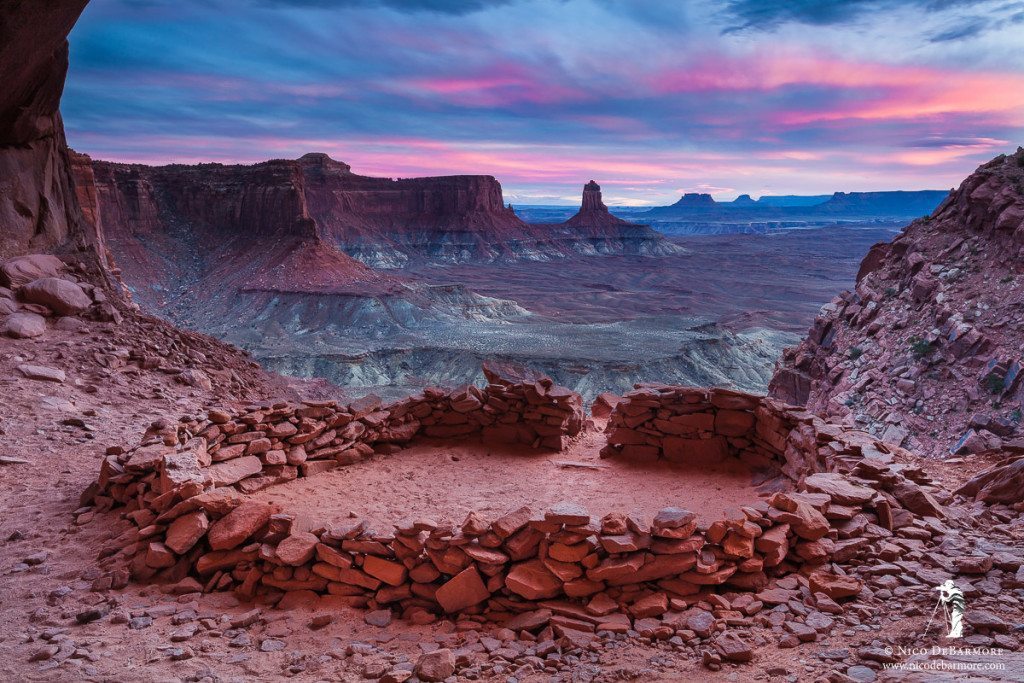
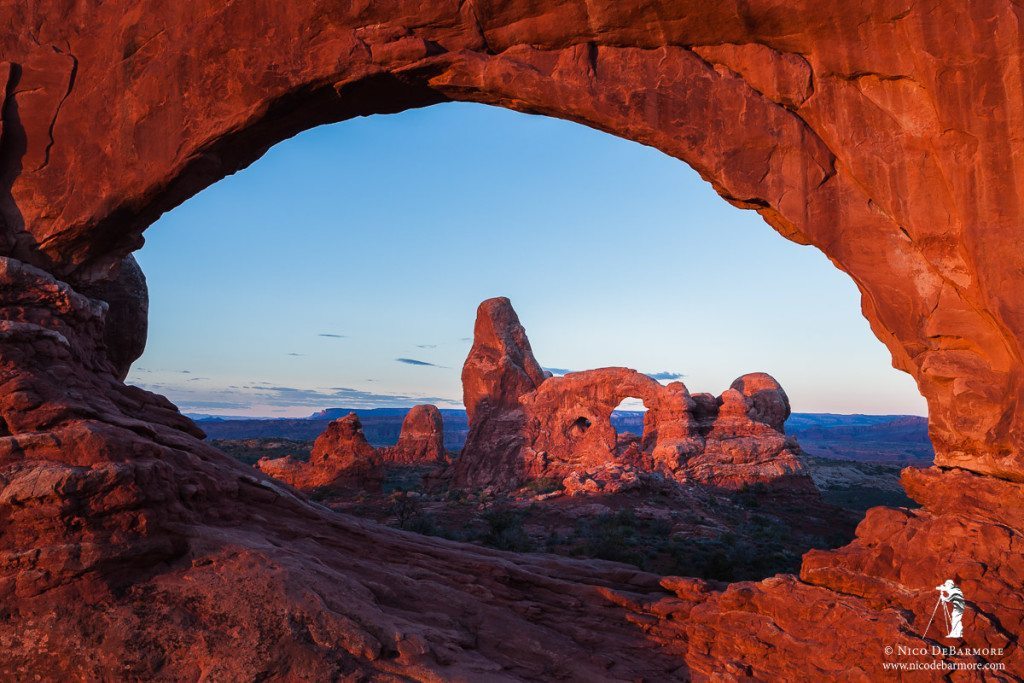
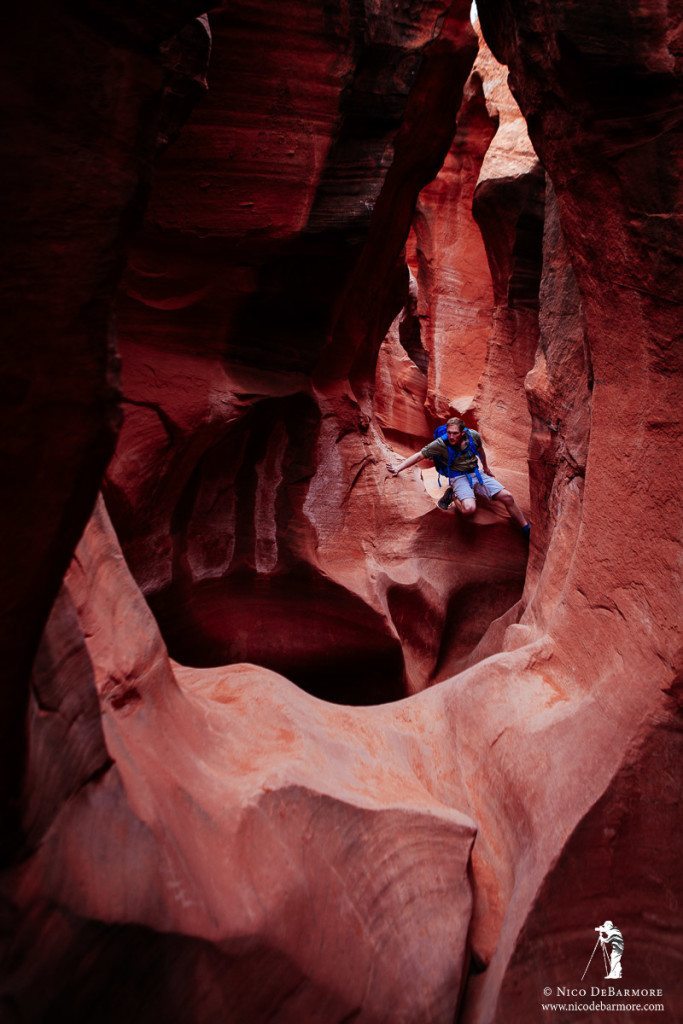
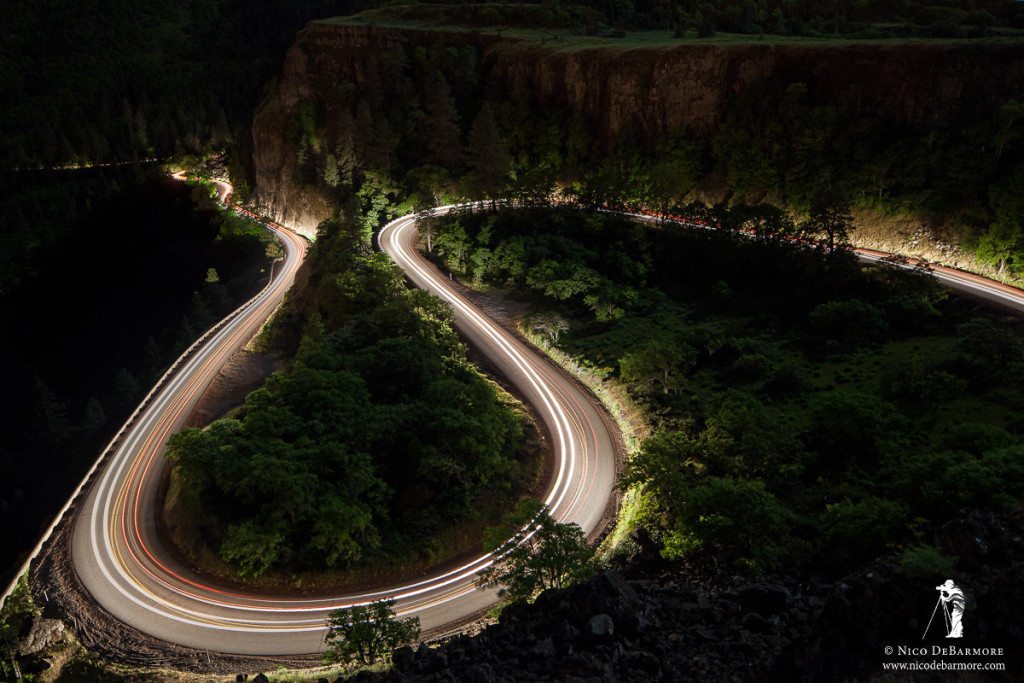
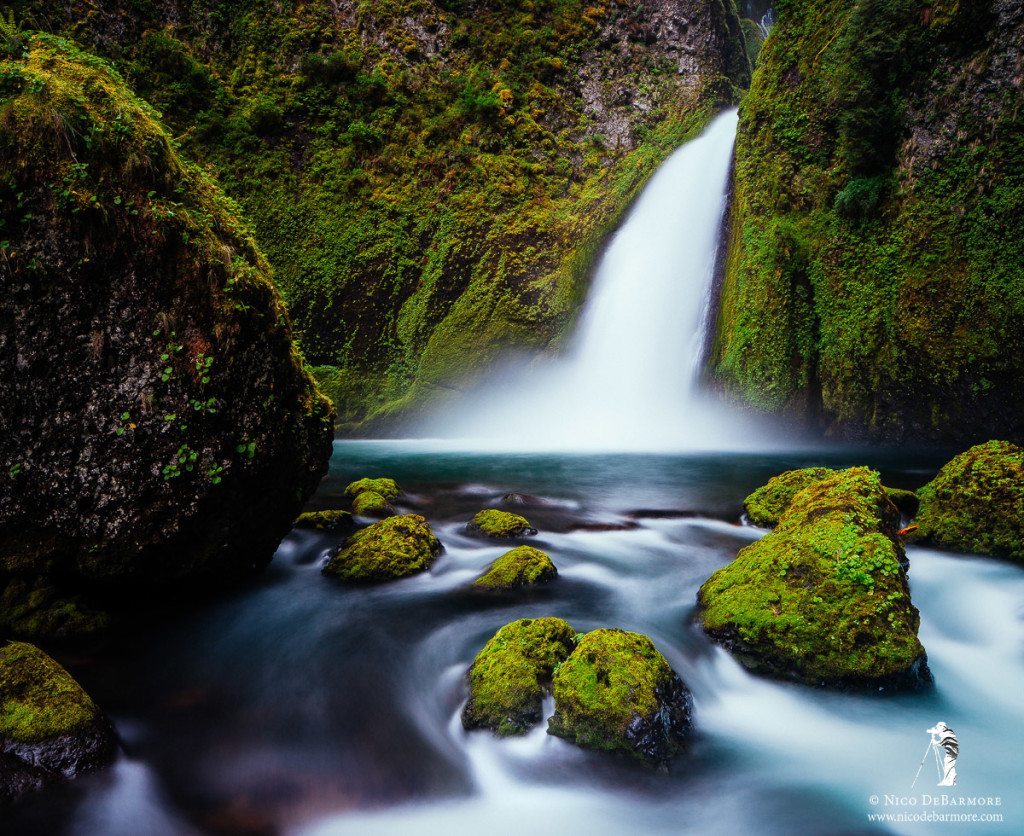
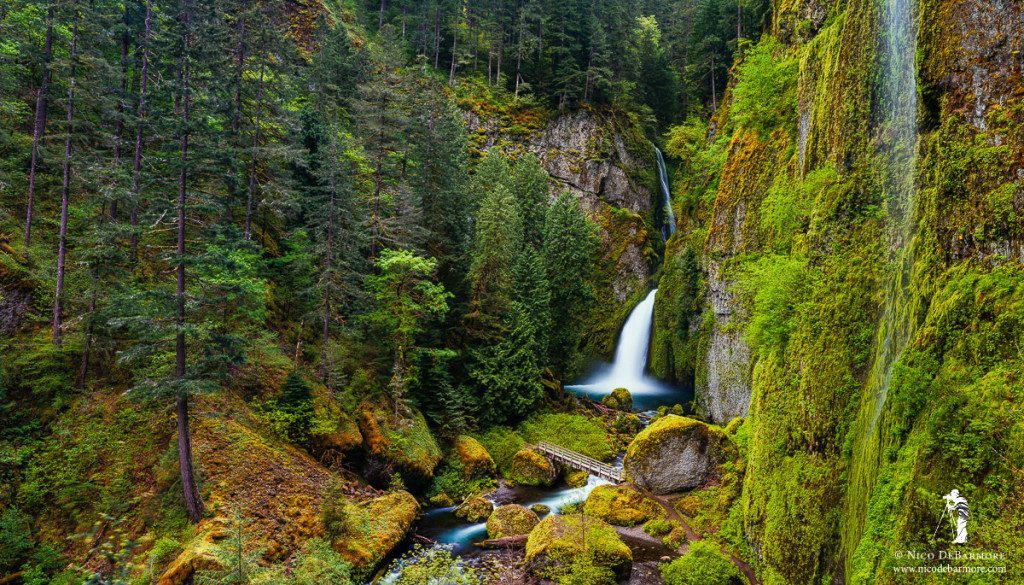
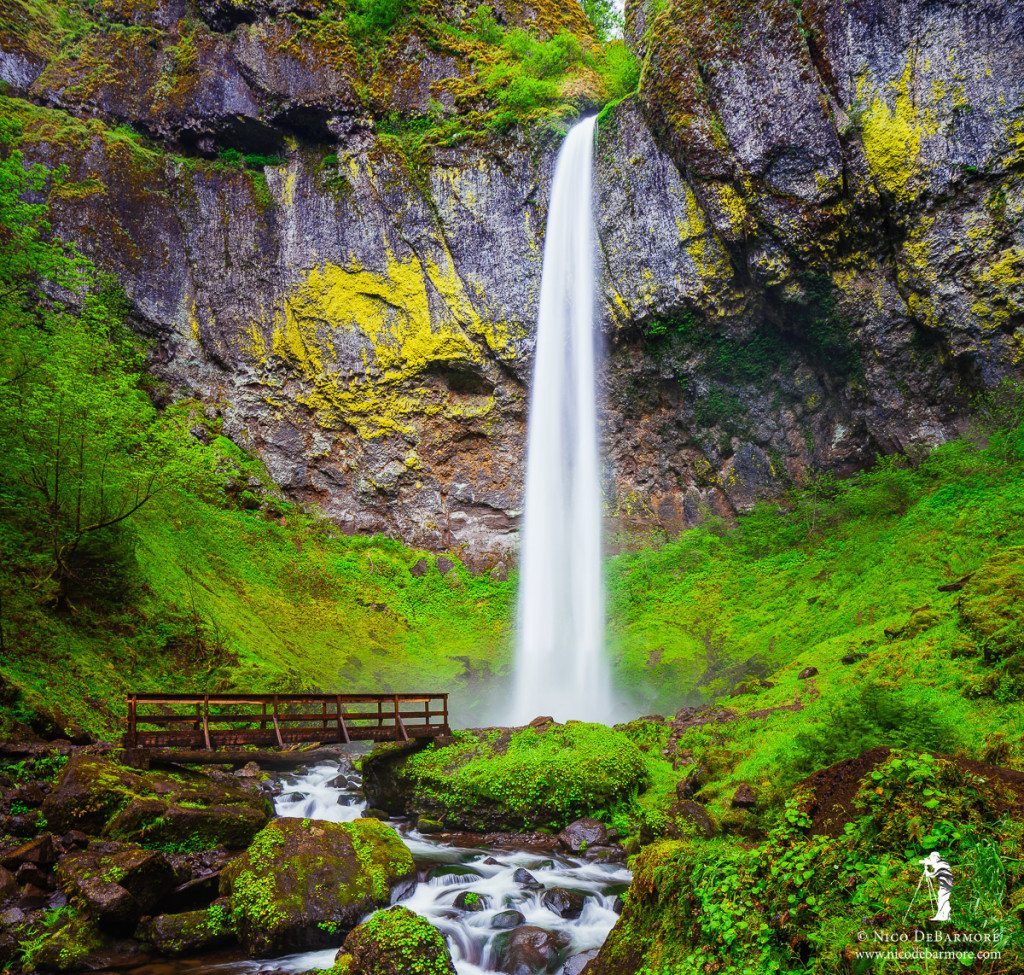
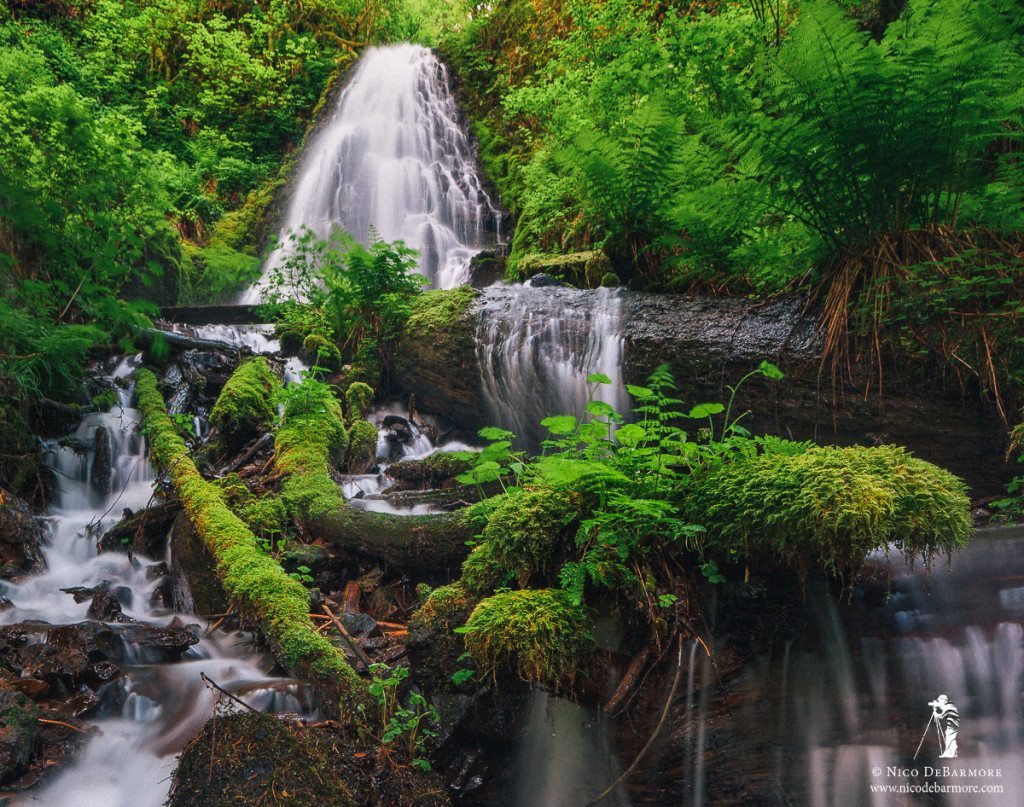
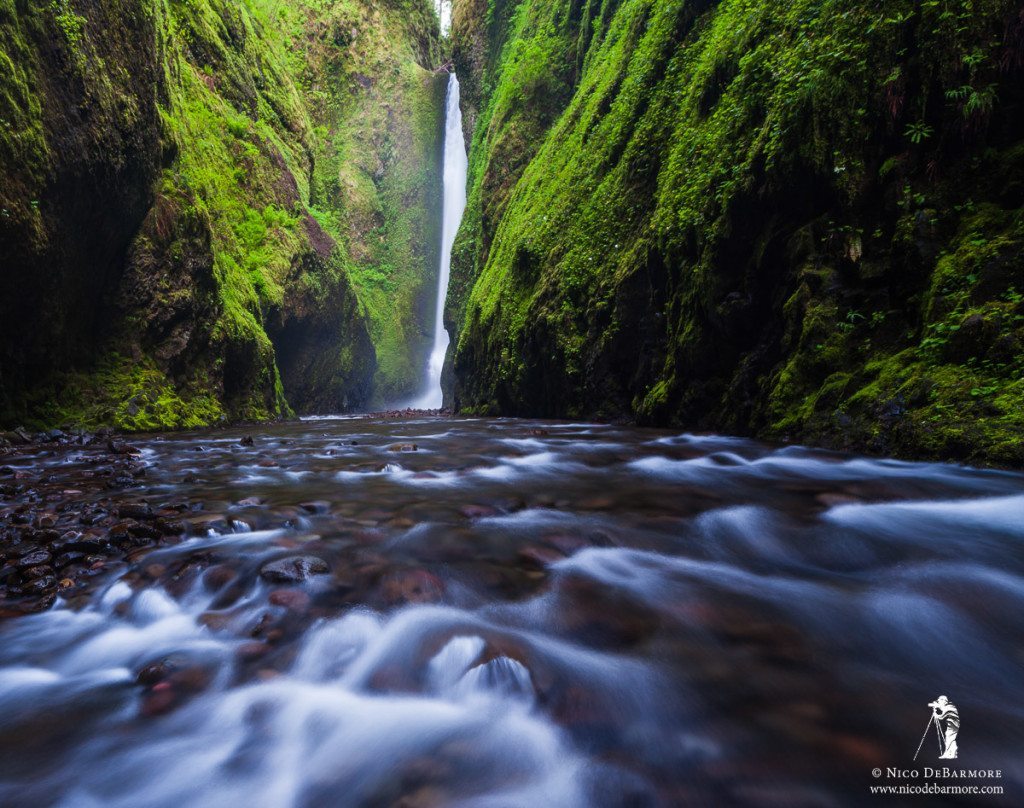
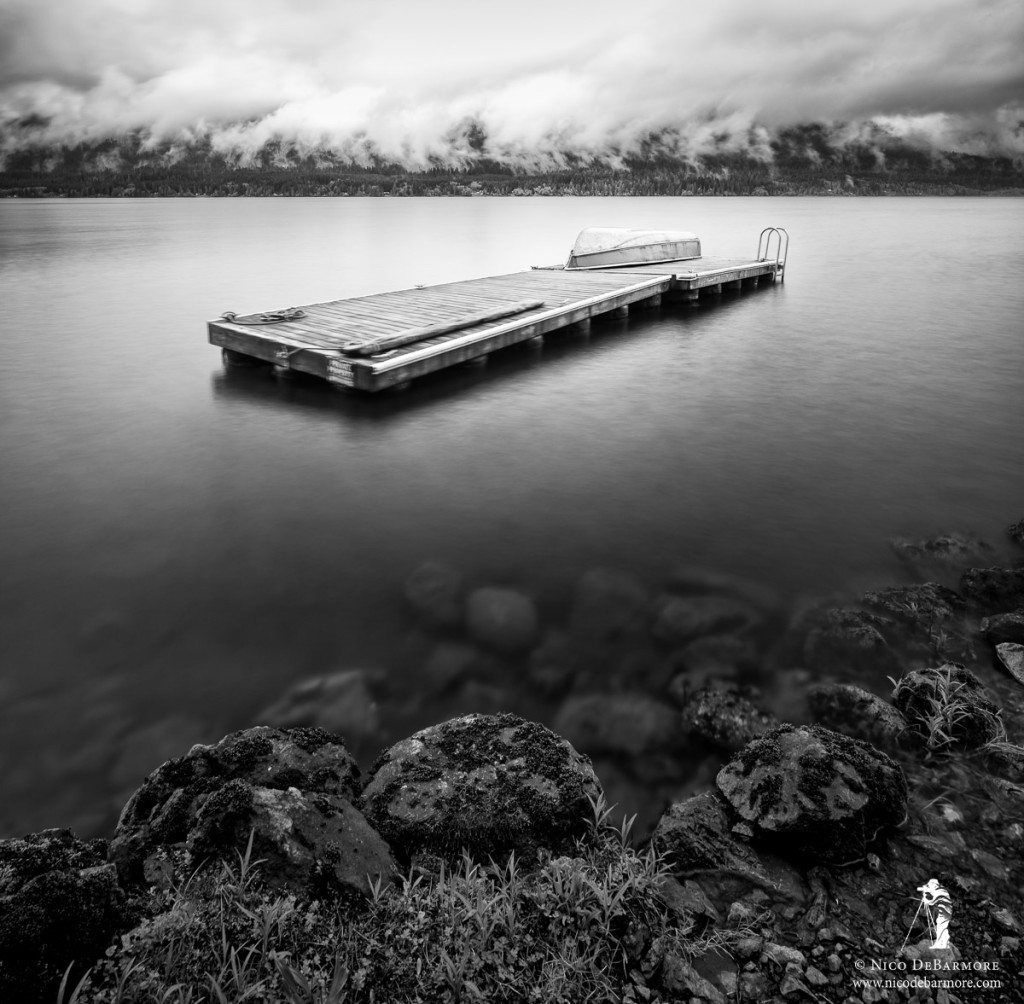
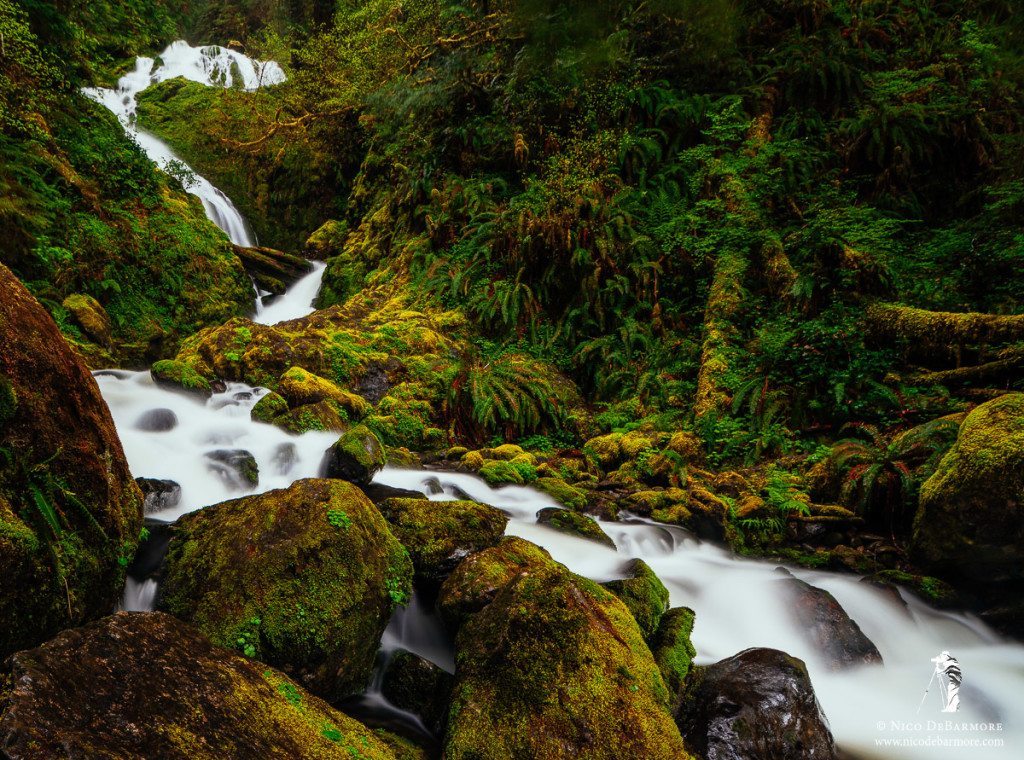
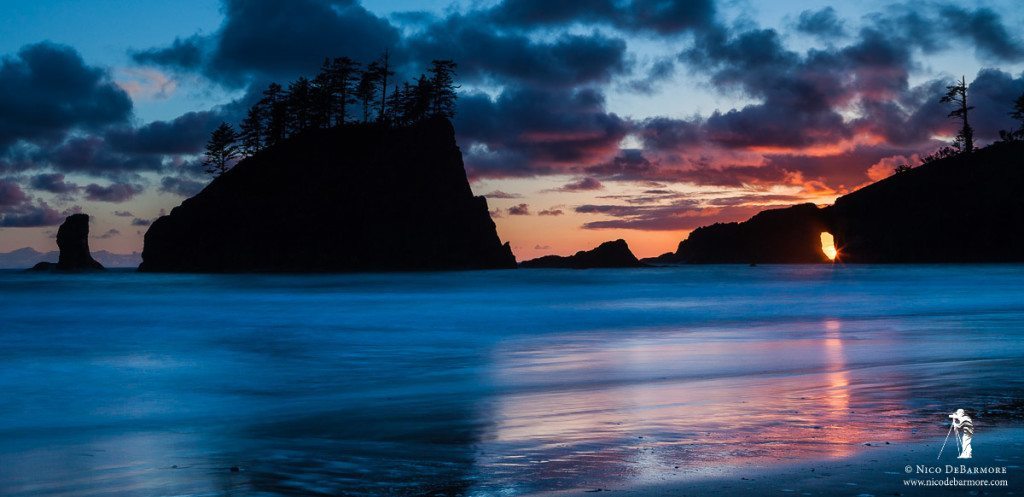

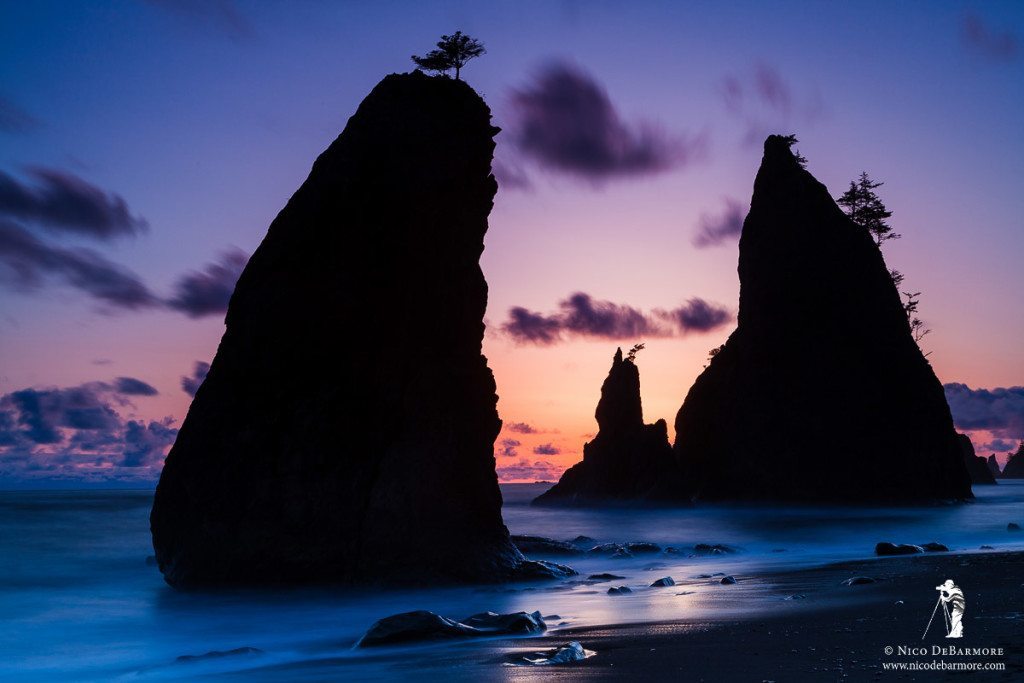
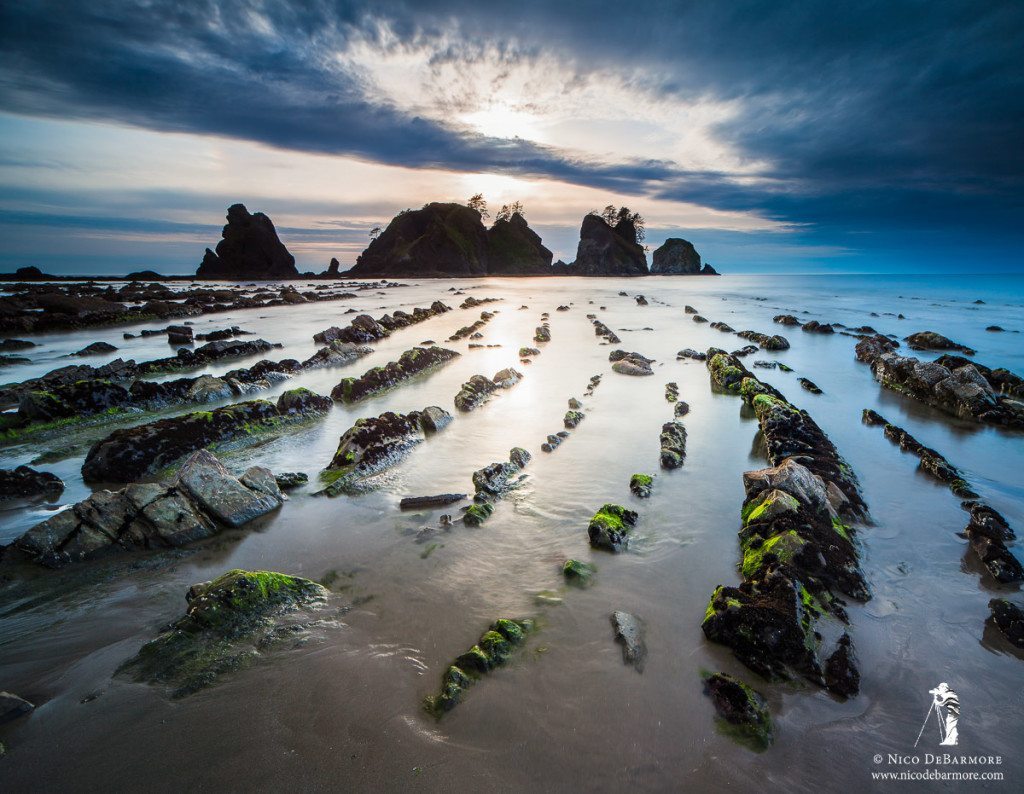
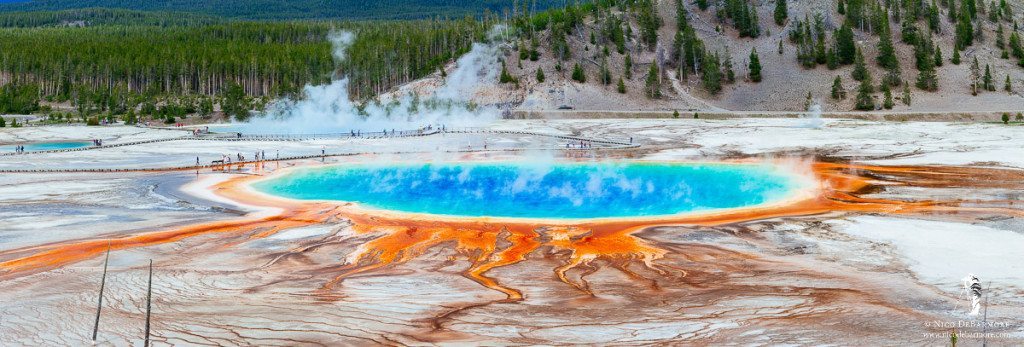
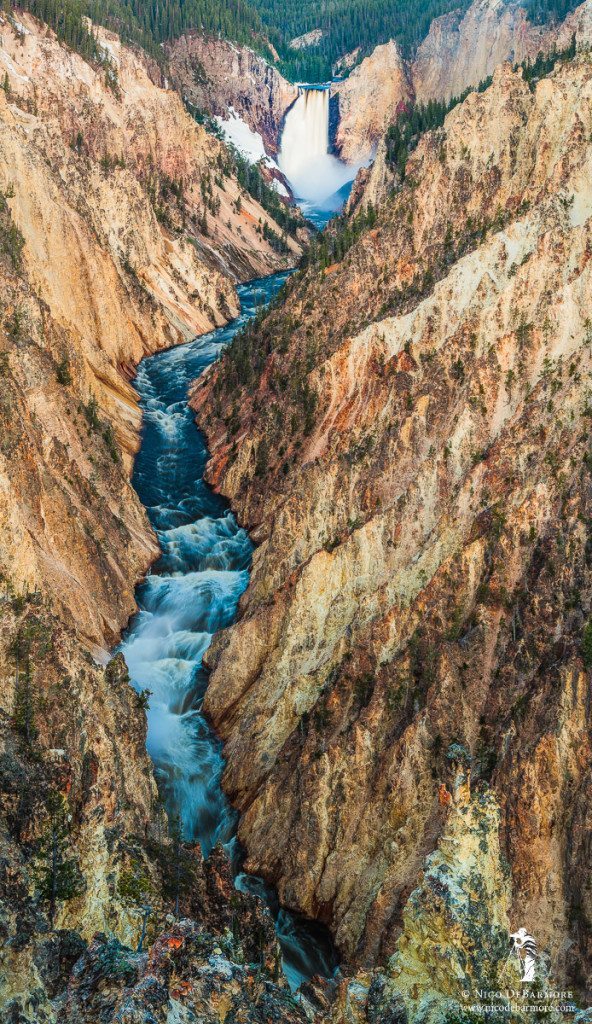
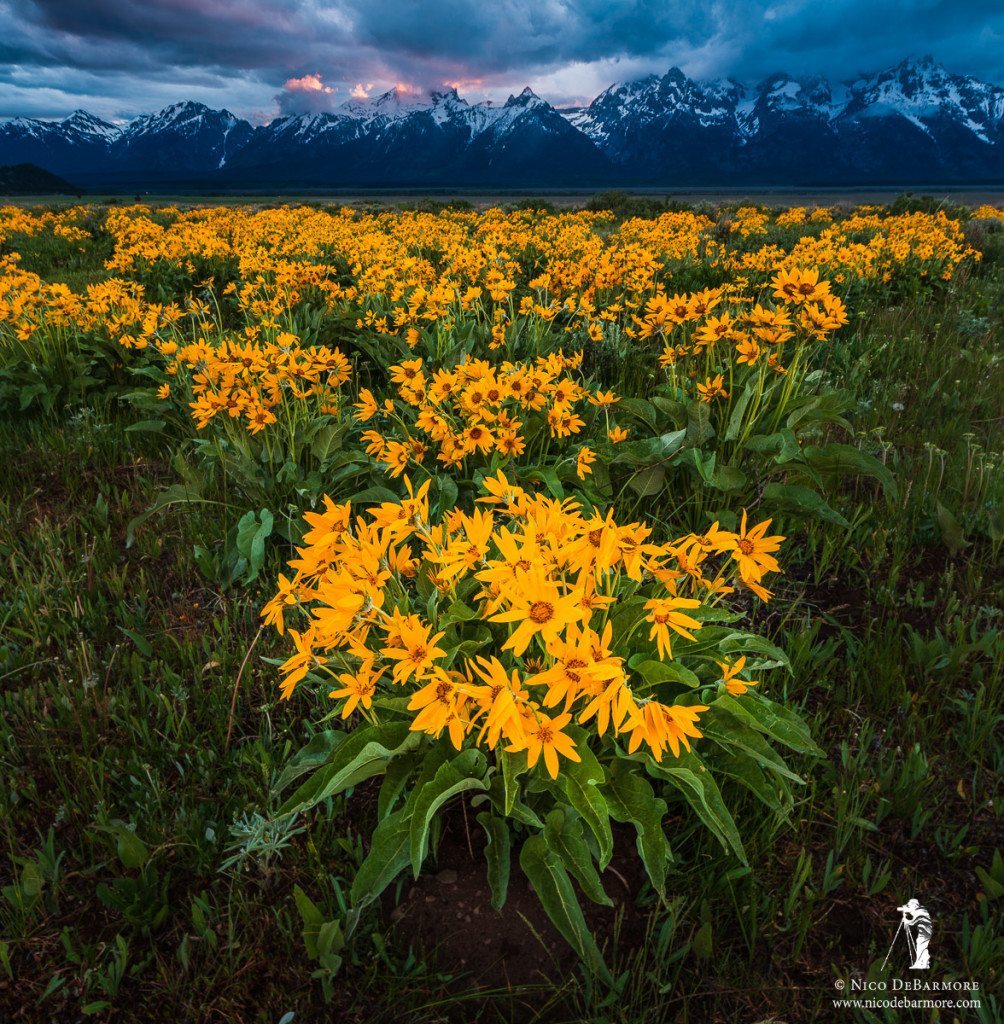
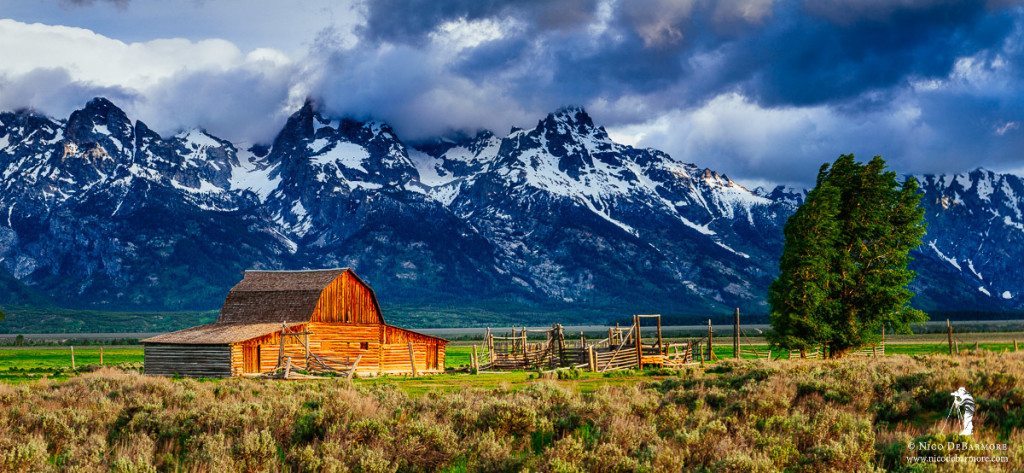
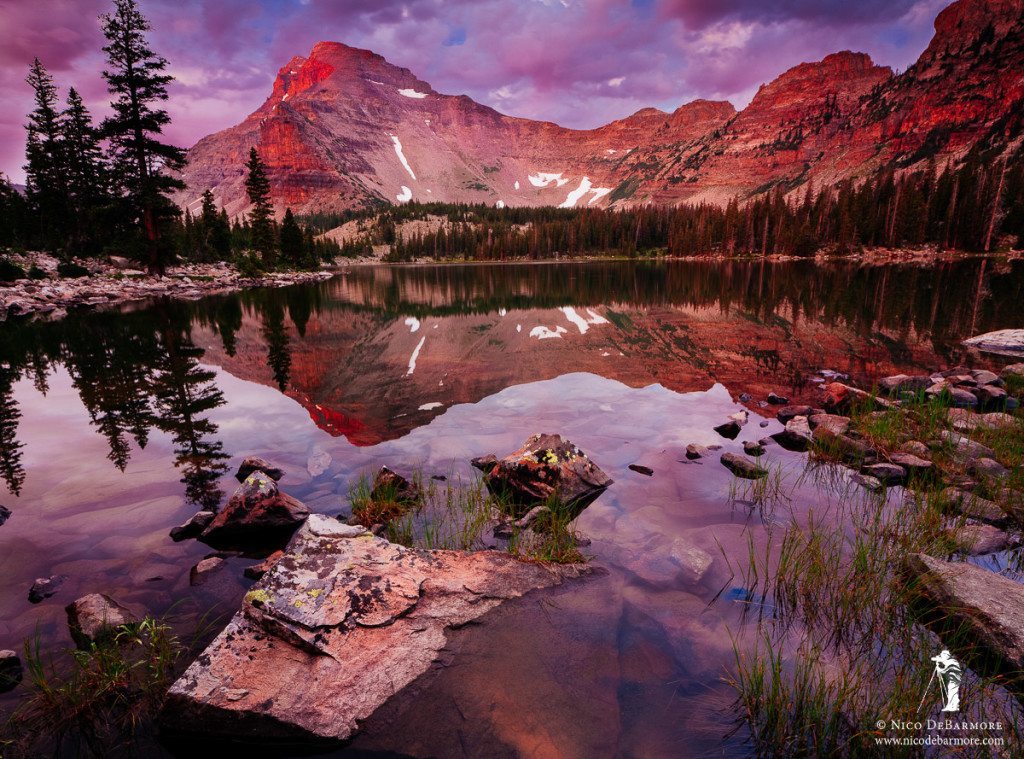
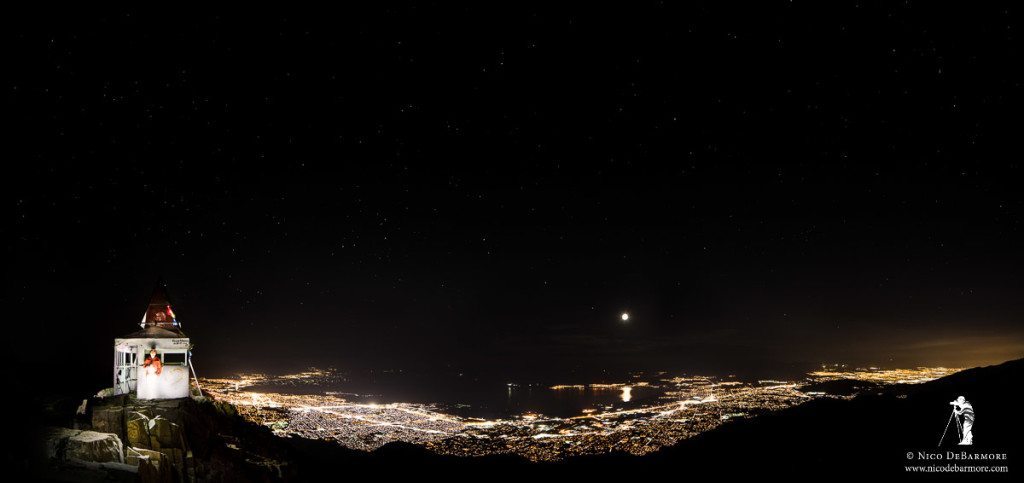
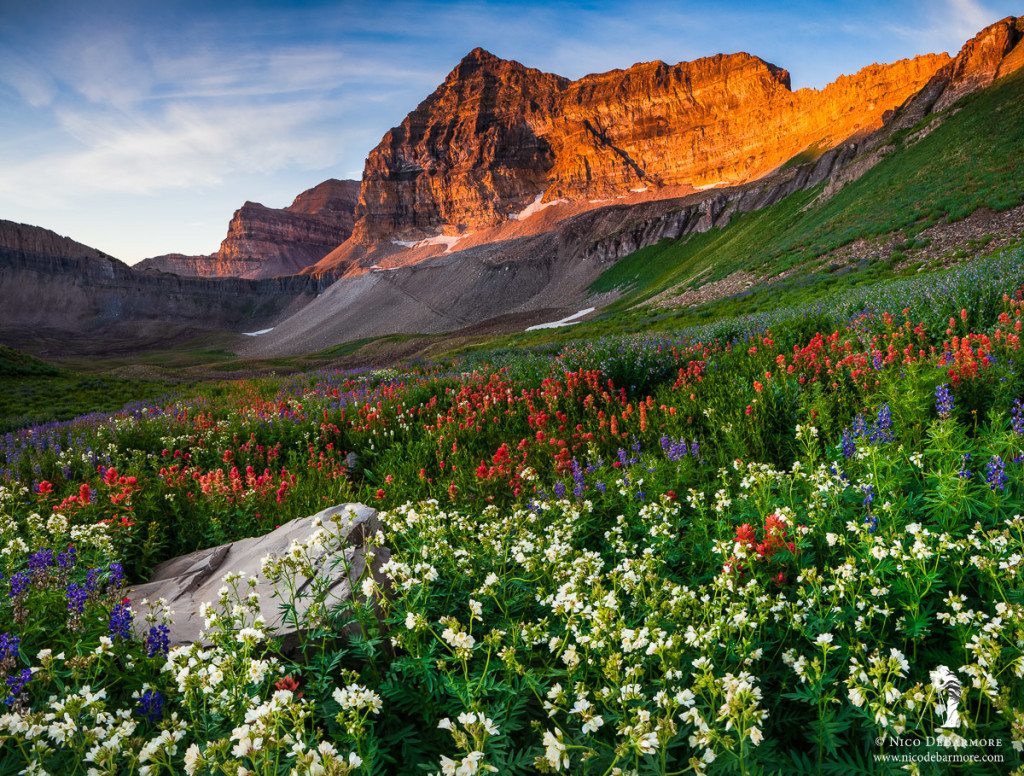
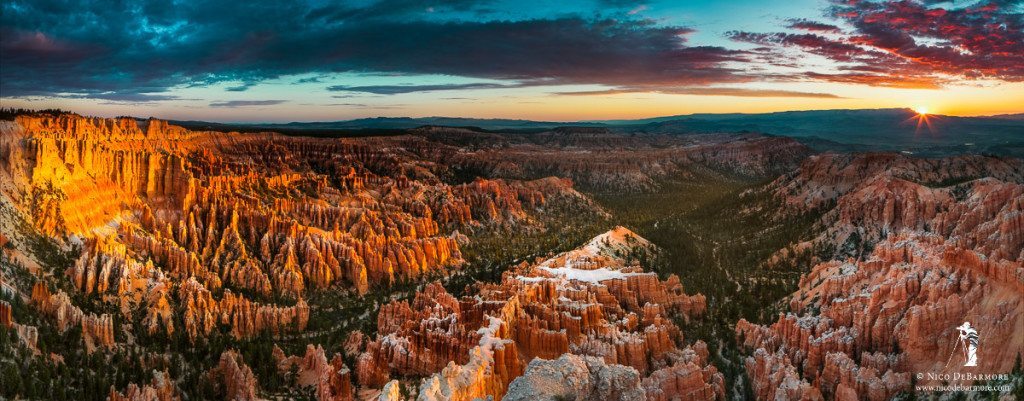
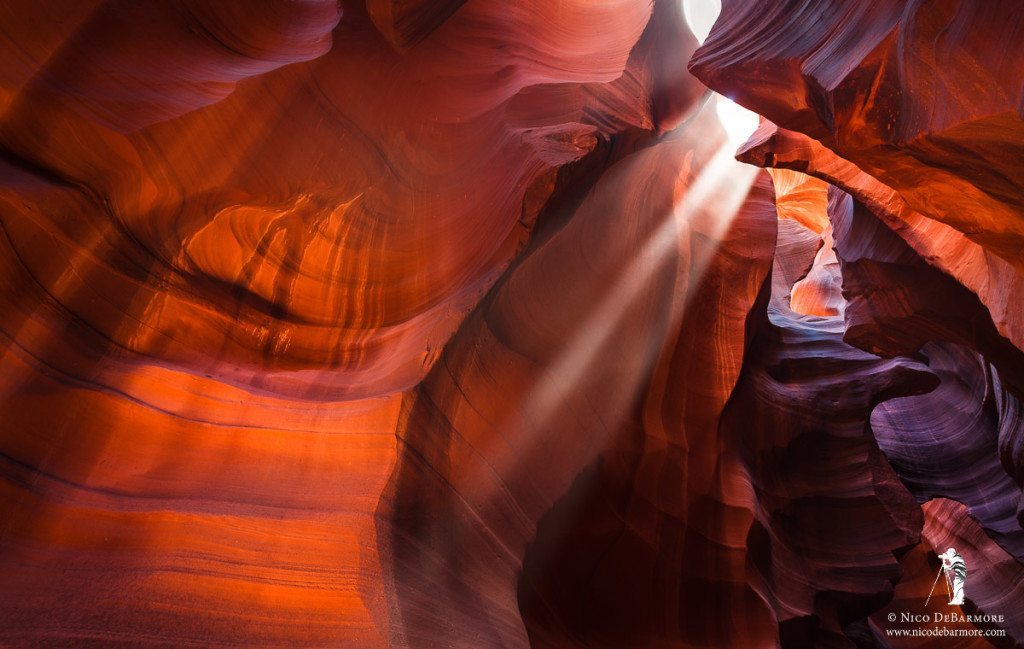
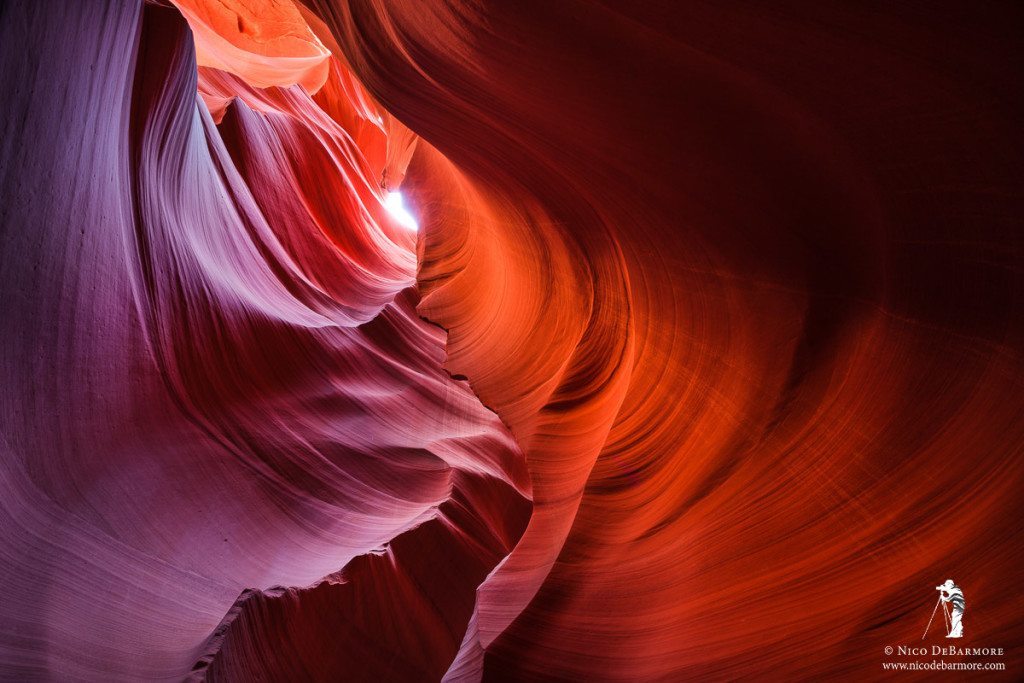

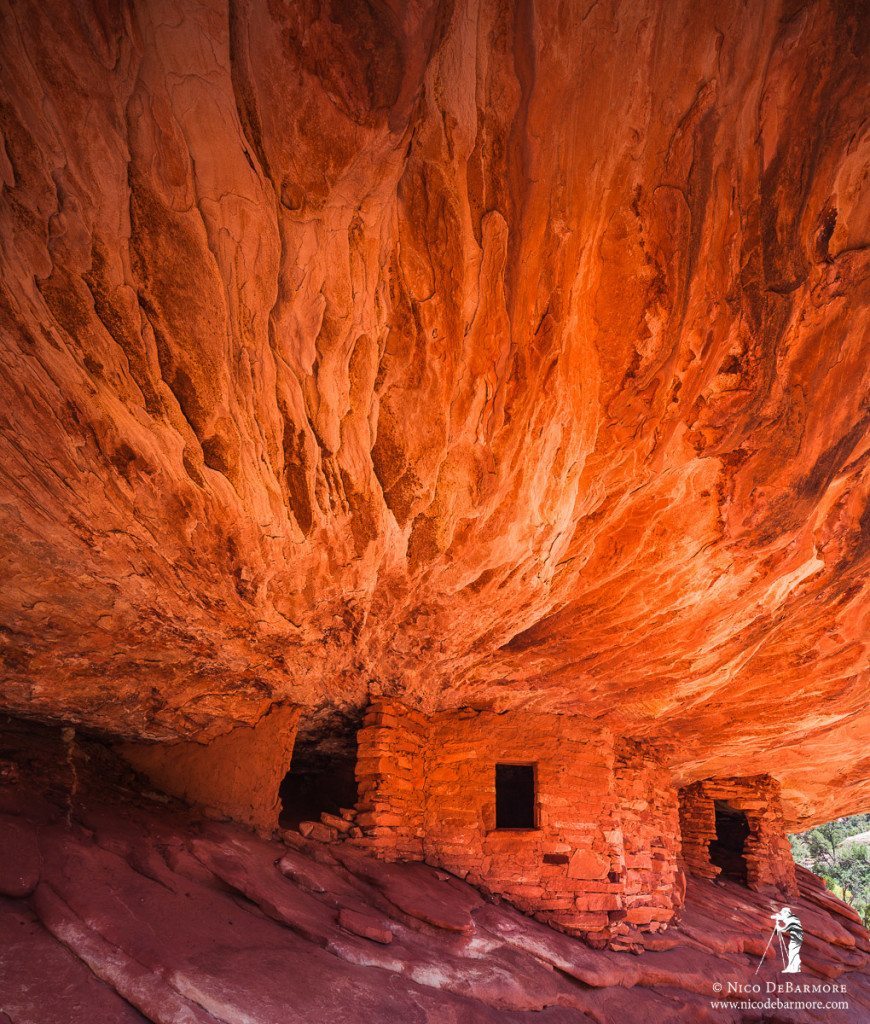
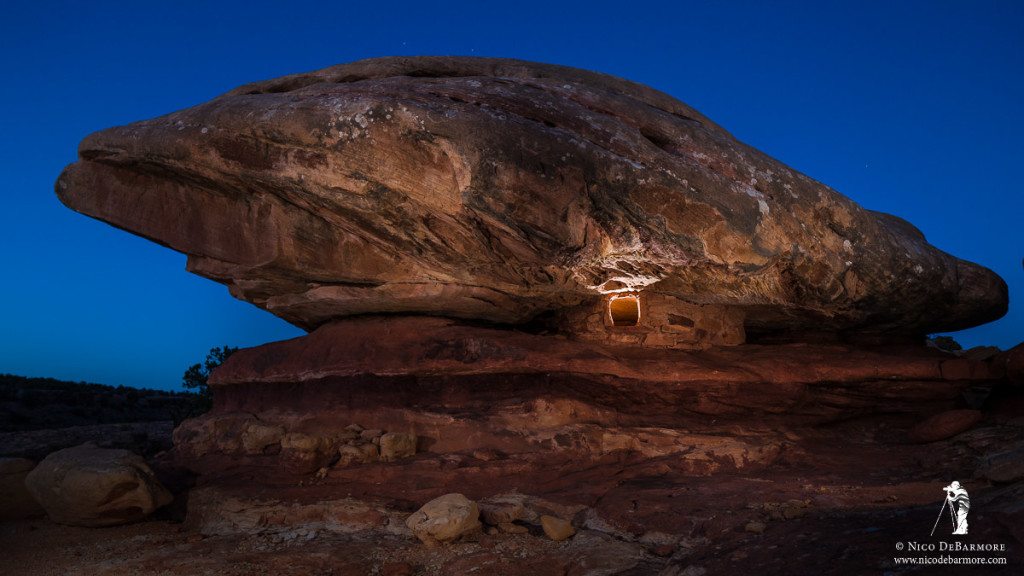
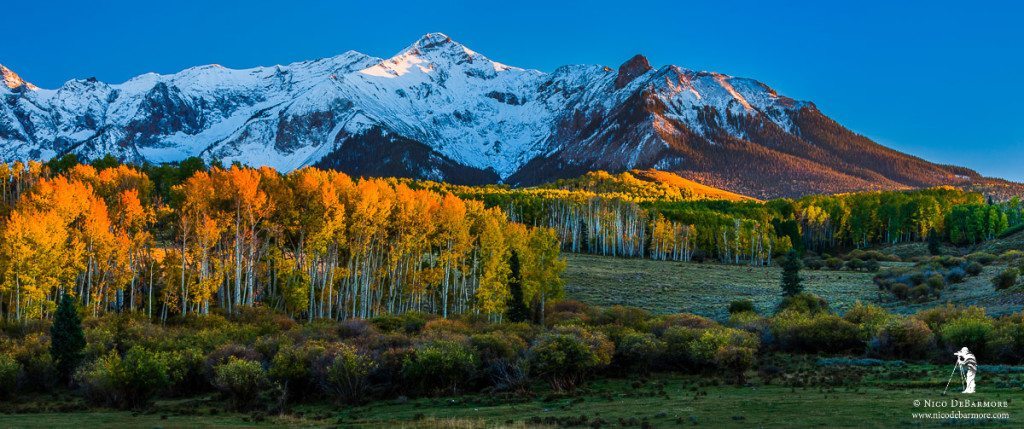
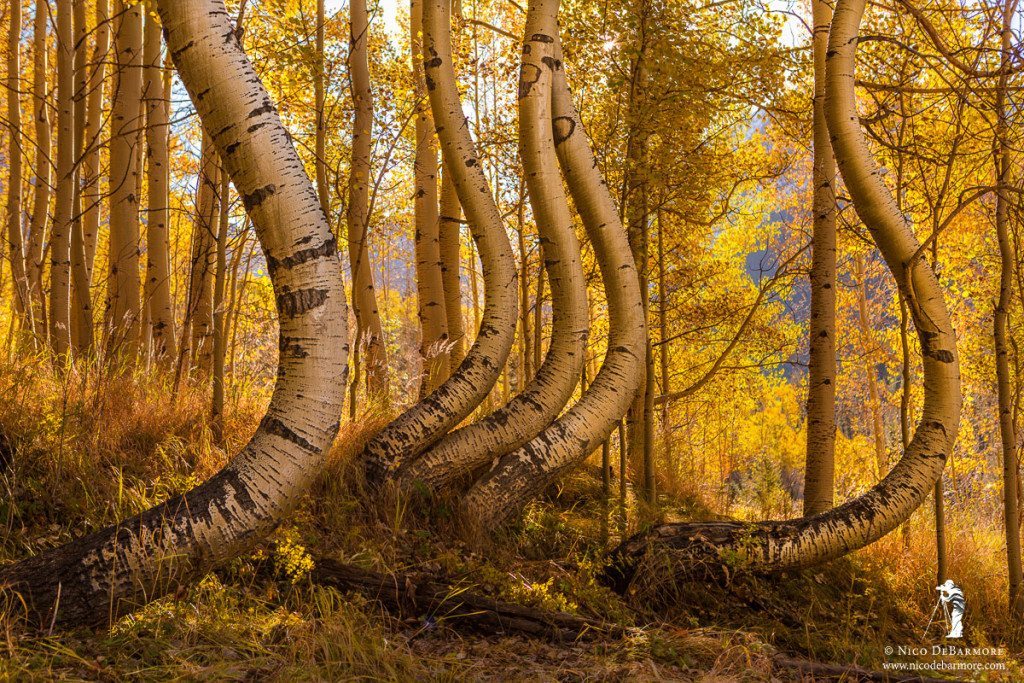
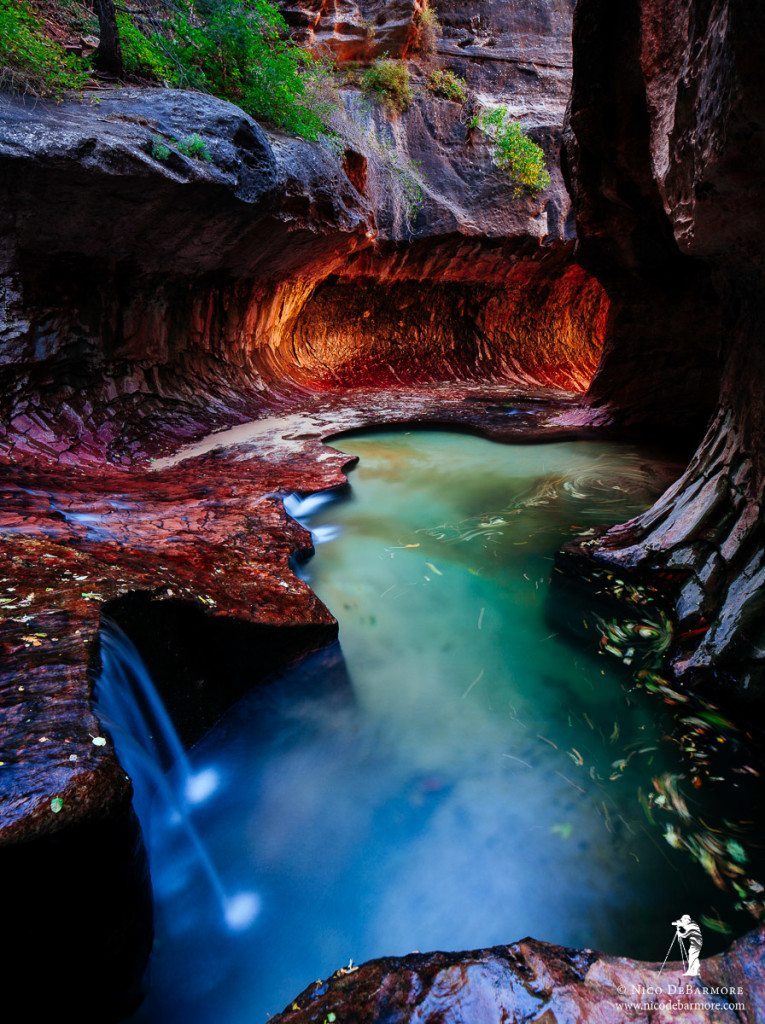
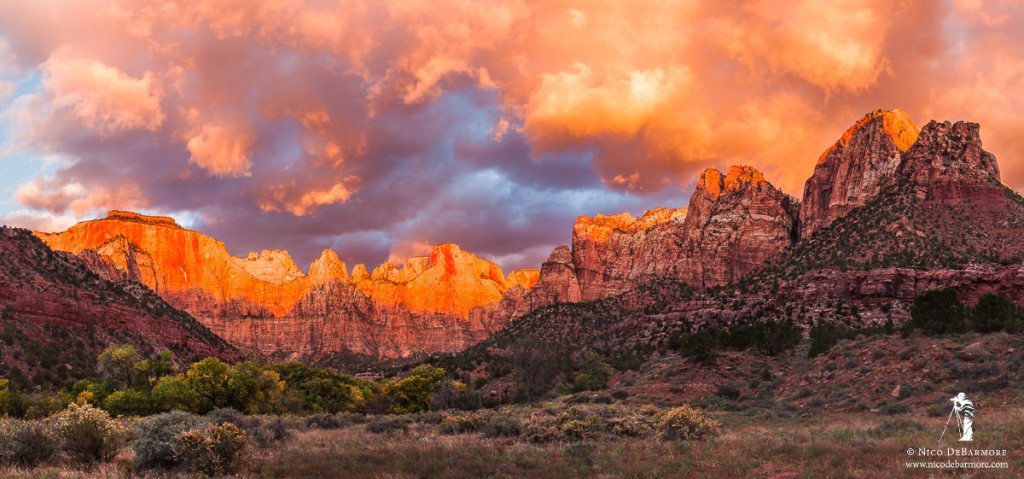
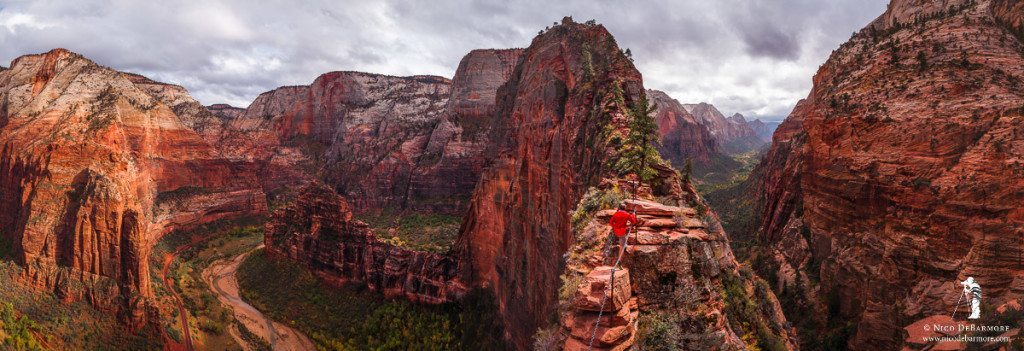
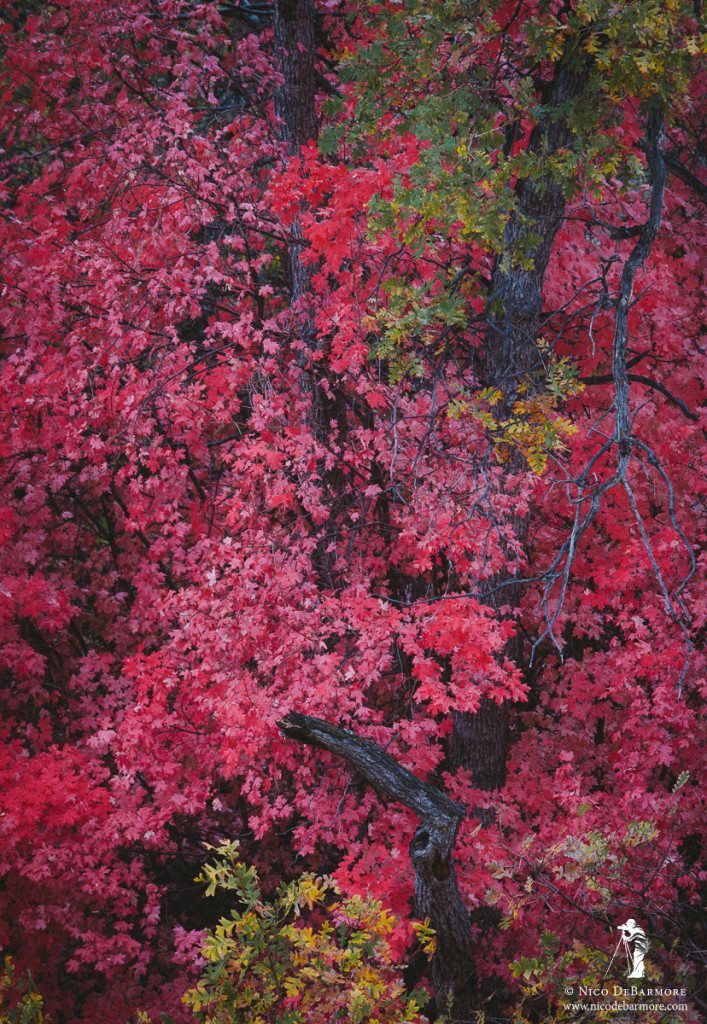
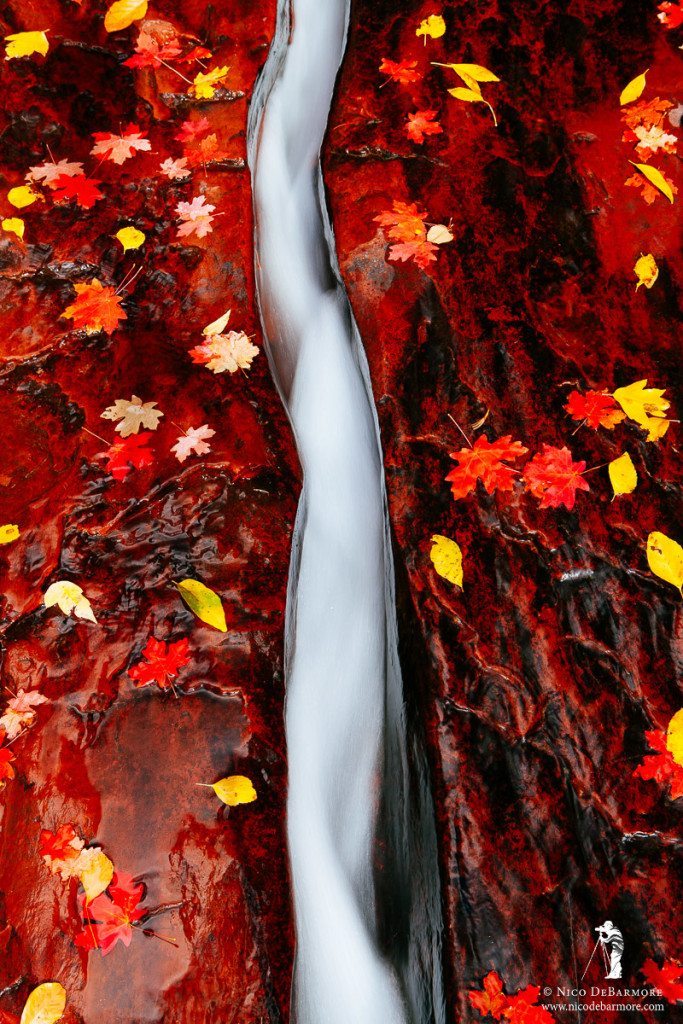
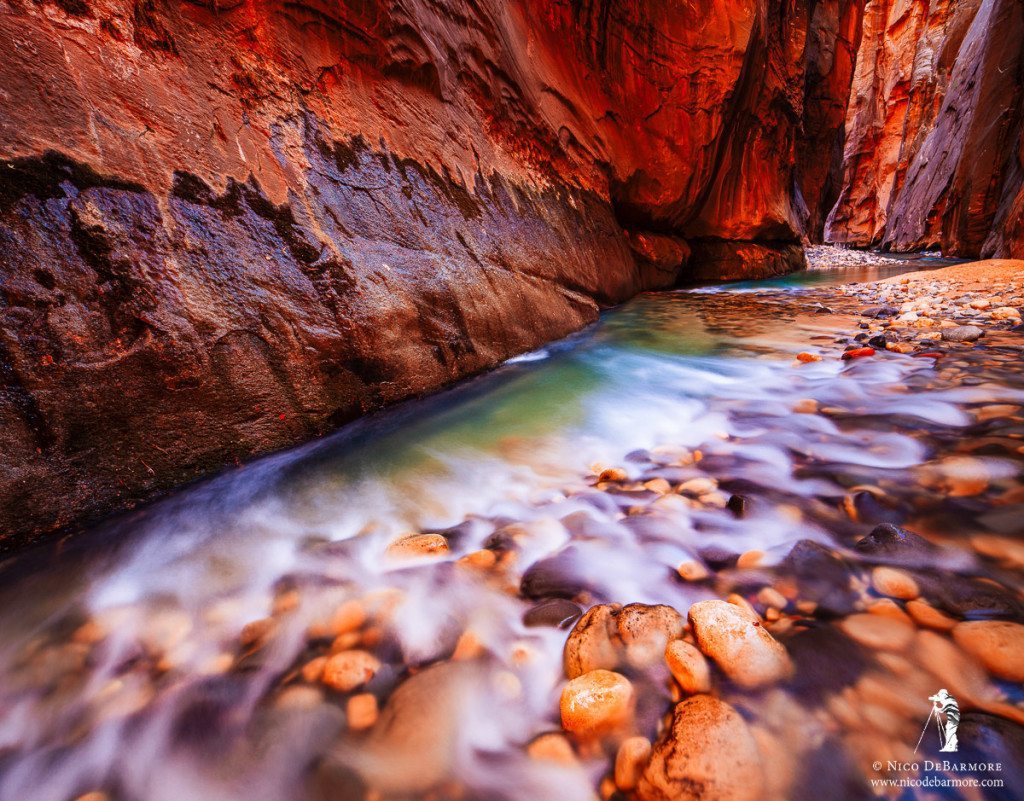
Leave a reply